| Vài cái tên khác | Lưỡi làm túi, Dao cắt túi, Lưỡi đục lỗ túi, Lưỡi hình chữ T, Dao răng cưa, Máy đóng gói dọc lưỡi răng cưa, Dao răng cưa máy đóng gói dọc, Lưỡi răng cưa đóng gói dọc, Dao răng cưa đóng gói dọc, Lưỡi răng cưa cho máy đóng gói dọc |
|---|---|
| Nguồn gốc | Trung Quốc |
| Ứng dụng | Nhựa, Bao Bì, Túi, Cuộn |
| Vật liệu | Thép carbon |
| Số mô hình | CV-BM |
| Dịch vụ OEM | Có sẵn |
| Điều khoản thanh toán | L/C, T/T, Western Union |
| Bưu kiện | Hộp carton, trong hộp gỗ |
| Thời gian giao hàng | 7-20 ngày |
Chia sẻ với:
Packaging blades, also referred to as packaging machine knives, are specialized cutting tools designed for integration into packaging machinery. These blades perform a variety of cutting, slitting, perforating, and sealing tasks essential for preparing and processing packaging materials like films, foils, paper, cardboard, and various other flexible or rigid materials used to contain and protect goods. The term “packaging blades” is a broad descriptor encompassing a wide array of blade types tailored to the specific demands of different packaging equipment and processes.
Packaging blades are fundamental components in a multitude of automated packaging processes across diverse industries. Their applications are extensive and include:
The selection of materials for packaging blades is crucial to ensure food safety (where applicable), resist corrosion from various product and packaging material interactions, and maintain a sharp, durable cutting edge for consistent, high-speed operation. Common materials include:
Surface treatments and coatings like Titanium Nitride (TiN) or Chromium plating are often applied to enhance surface hardness, reduce friction, and improve resistance to wear and corrosion, thereby extending the lifespan of packaging blades.
Packaging blades are manufactured in a wide variety of shapes and edge configurations to match the specific cutting or sealing mechanisms of different packaging machines:
The working principle of packaging blades varies depending on their function and the machine they are integrated into. Cut-off blades typically employ a shearing action against a fixed anvil or another moving blade. Sealing knives use heat and pressure to fuse and cut films. Rotary blades provide continuous cutting as they rotate against the material. The precision of the blade’s geometry, the sharpness of its edge, the applied force, and the synchronization with the machine’s operation are all critical factors in achieving clean, accurate cuts and reliable seals in packaging processes.
Chào mừng bạn đến hỏi thăm!
If you don’t find the blade you are looking for, we can also customize it. See our “Lưỡi tùy chỉnh” để học cách làm!
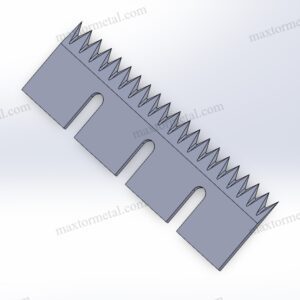
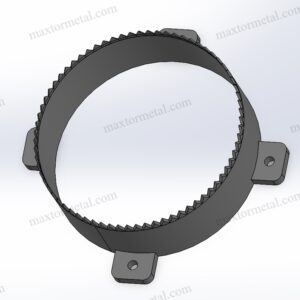
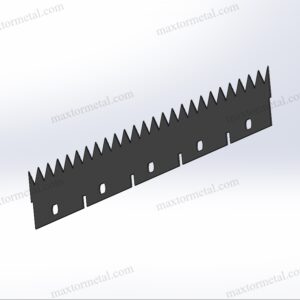

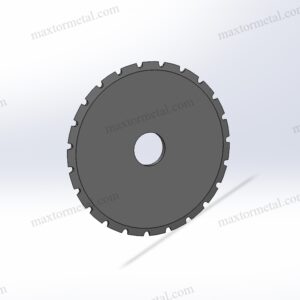
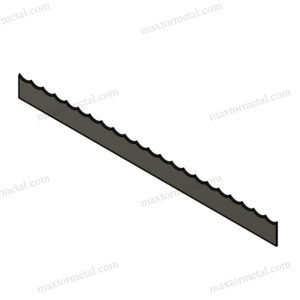
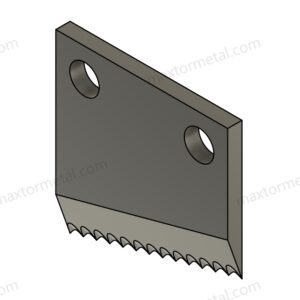
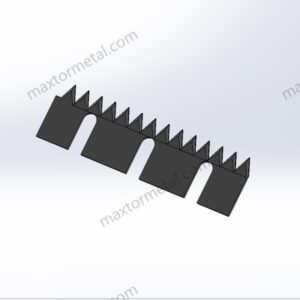

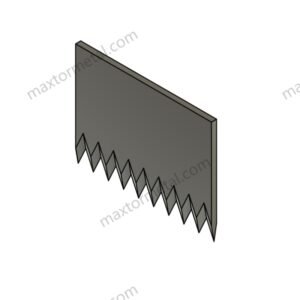
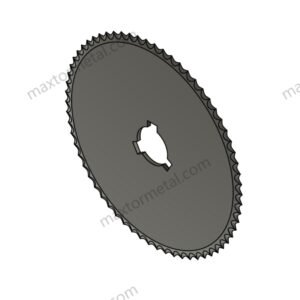
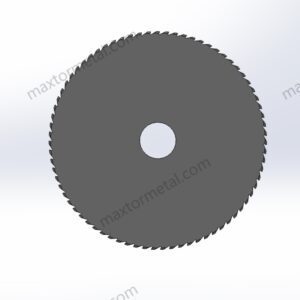
Dễ dàng tận hưởng sự tiện lợi khi nhập khẩu, từ khâu vận chuyển đến thông quan, chúng tôi xử lý toàn bộ quy trình, bạn chỉ cần trả thuế VAT và chờ hàng về công ty.
Chúng tôi đã thấy các lưỡi dao của nó được sử dụng trong vô số ứng dụng và sẵn sàng xử lý bất kỳ dự án nào bạn thực hiện theo cách của chúng tôi - mang lại độ chính xác, độ bền và mức giá cạnh tranh chưa từng có.
Cho dù bạn cung cấp bản vẽ, phác thảo hay mẫu, chúng tôi đều có thể vẽ và sản xuất cho bạn. Chúng tôi cũng có khả năng hỗ trợ sửa đổi các thiết kế và thông số kỹ thuật hiện có để cải thiện hầu hết mọi ứng dụng công cụ công nghiệp. Vui lòng liên hệ với đội ngũ bán hàng tận tâm của chúng tôi để thảo luận về các yêu cầu cụ thể của bạn.
Một loạt các thử nghiệm và kiểm tra được thực hiện để kiểm soát chất lượng, bao gồm kiểm tra sản phẩm đầu tiên, kiểm tra vật liệu đầu vào và vật liệu được chứng nhận, kiểm tra chất lượng trong quá trình, kiểm tra chất lượng cuối cùng.
Cho dù bạn là nhà nhập khẩu, nhà phân phối, nhà bán buôn hay người dùng cuối, chúng tôi đều hoan nghênh bạn tham gia cùng chúng tôi với MOQ tối thiểu, không gặp rắc rối khi tìm hiểu thông tin và tự do hơn khi mua hàng.
Trở thành người giám sát độc quyền của bạn, truyền tải thường xuyên mọi nút quan trọng trong dây chuyền sản xuất, bất kể ở xa đến đâu, tiến độ của sản phẩm đều được nắm bắt càng sớm càng tốt!
CÔNG TY TNHH CÔNG NGHIỆP Metal Nam Kinh
Khu công nghiệp Mingjue, Lishui, Nam Kinh, Giang Tô, Trung Quốc
Luôn cập nhật với những tin tức mới nhất của chúng tôi.